Hoodia isn’t a new supplement. It’s been around for decades, marketed as a powerful natural appetite suppressant that helps you lose weight without dieting or exercise. You’ve probably seen ads promising you can eat whatever you want and still drop pounds-thanks to a cactus-like plant from the Kalahari Desert. But here’s the truth: Hoodia doesn’t work the way they say it does. And in some cases, it might even be dangerous.
What exactly is Hoodia?
Hoodia gordonii is a spiny, succulent plant native to the arid regions of southern Africa, especially the Kalahari Desert. Indigenous San people used it for centuries to suppress hunger during long hunting trips. They didn’t call it a weight loss tool-they called it survival. When food was scarce, chewing a small piece of Hoodia helped them go hours without feeling hungry.
That’s where the modern hype started. In the 1990s, pharmaceutical companies took notice. A South African research institute partnered with a UK-based company to isolate the active compound, P57, which was believed to trick the brain into thinking you’re full. By 2004, Hoodia supplements were flooding U.S. and European markets. Ads promised “no hunger, no cravings, no effort.” Sales hit over $1 billion in just a few years.
How was Hoodia supposed to work?
The theory was simple: Hoodia’s P57 molecule mimics glucose in the brain. It activates the same nerve cells that signal fullness after eating. So even if you haven’t eaten, your brain thinks you have. No food = no hunger. Sounds like magic, right?
Early lab studies on rats showed promising results. Rats given Hoodia extract ate significantly less than those that weren’t. But rats aren’t humans. And lab conditions don’t reflect real-life eating habits. When human trials started, the results were messy.
A 2008 study published in the Journal of Clinical Nutrition tested Hoodia on 48 overweight adults. Half took Hoodia extract daily for 15 days. The other half took a placebo. The researchers measured food intake, weight loss, and blood markers. The Hoodia group didn’t eat less. They didn’t lose more weight. And their blood sugar levels didn’t improve.
Another trial in 2013, funded by the U.S. National Institutes of Health, found the same thing. Participants reported no change in appetite. Some even felt nauseous.
Why did Hoodia fail in real life?
Three big reasons.
First, the P57 compound is unstable. It breaks down easily when exposed to heat, air, or stomach acid. Most Hoodia supplements on the market don’t contain enough active ingredient to matter. Independent lab tests from ConsumerLab and the FDA found that over 80% of Hoodia products had little to no P57. Some didn’t even contain Hoodia gordonii at all.
Second, even if you got real P57, your body might not respond. Human biology is more complex than a rat’s. Appetite isn’t controlled by one molecule. It’s a mix of hormones-ghrelin, leptin, insulin-that talk to your brain, gut, and fat cells. Hoodia doesn’t touch most of them.
Third, placebo effect. People who believe Hoodia works often report feeling less hungry. But that’s their mind, not the plant. Once the belief fades, so does the effect.
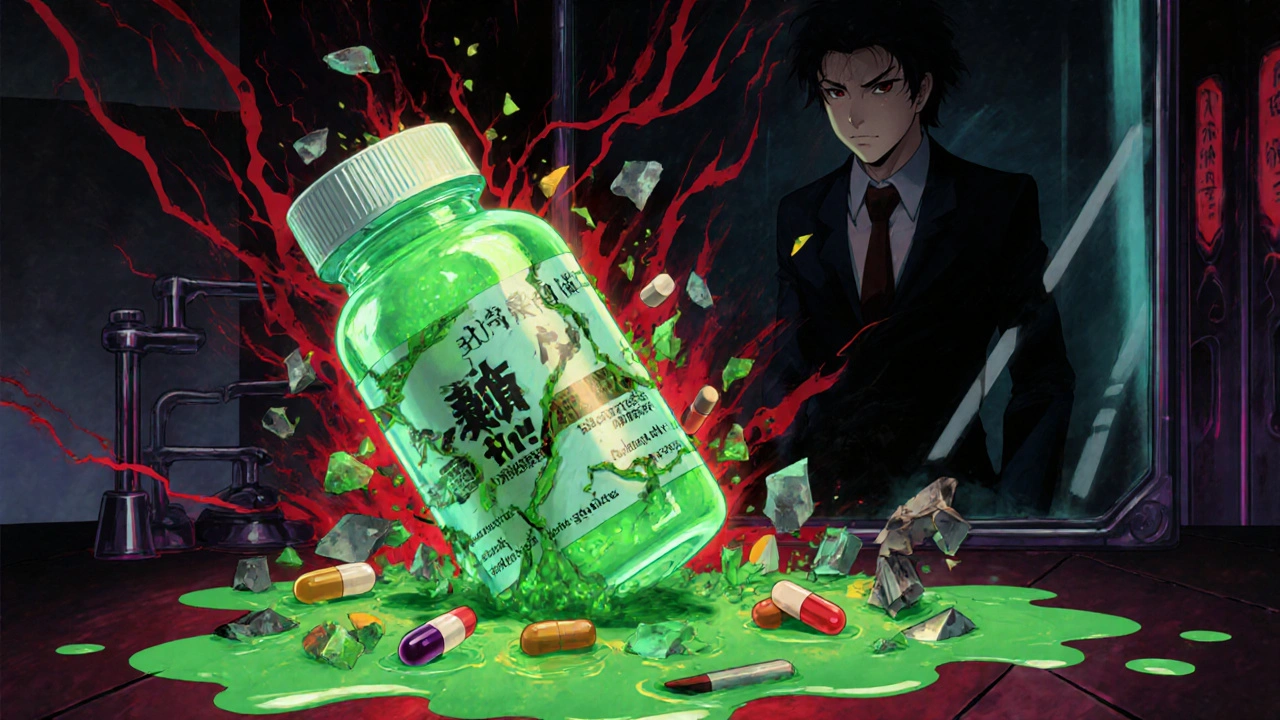
What’s in Hoodia supplements today?
Most Hoodia products you’ll find online are a mix of fillers, herbs, and sometimes stimulants. Common ingredients include:
- Caffeine (to boost energy and suppress appetite temporarily)
- Green tea extract (antioxidants, mild metabolism boost)
- Glucosamine (a joint supplement, unrelated to appetite)
- Artificial flavors and dyes
Some brands even add laxatives or diuretics to create the illusion of weight loss. You’re not burning fat-you’re losing water and gut contents. That’s not weight loss. That’s dehydration.
And here’s the scary part: because Hoodia is sold as a “dietary supplement,” it’s not regulated like medicine. The FDA doesn’t test it before it hits shelves. That means you have no idea what you’re actually taking.
Has Hoodia been banned anywhere?
Yes. In 2007, the UK’s Medicines and Healthcare products Regulatory Agency (MHRA) pulled all Hoodia products off the market after reports of heart palpitations and liver damage. Canada’s Health Canada issued warnings in 2009, calling Hoodia supplements “potentially unsafe.”
In the U.S., the FDA has issued multiple warning letters to companies selling Hoodia. In 2015, they seized shipments from a major distributor after finding contaminants like heavy metals and undisclosed pharmaceuticals.
Even the original South African research team behind Hoodia has publicly said: “We never intended for this to become a weight loss pill.”
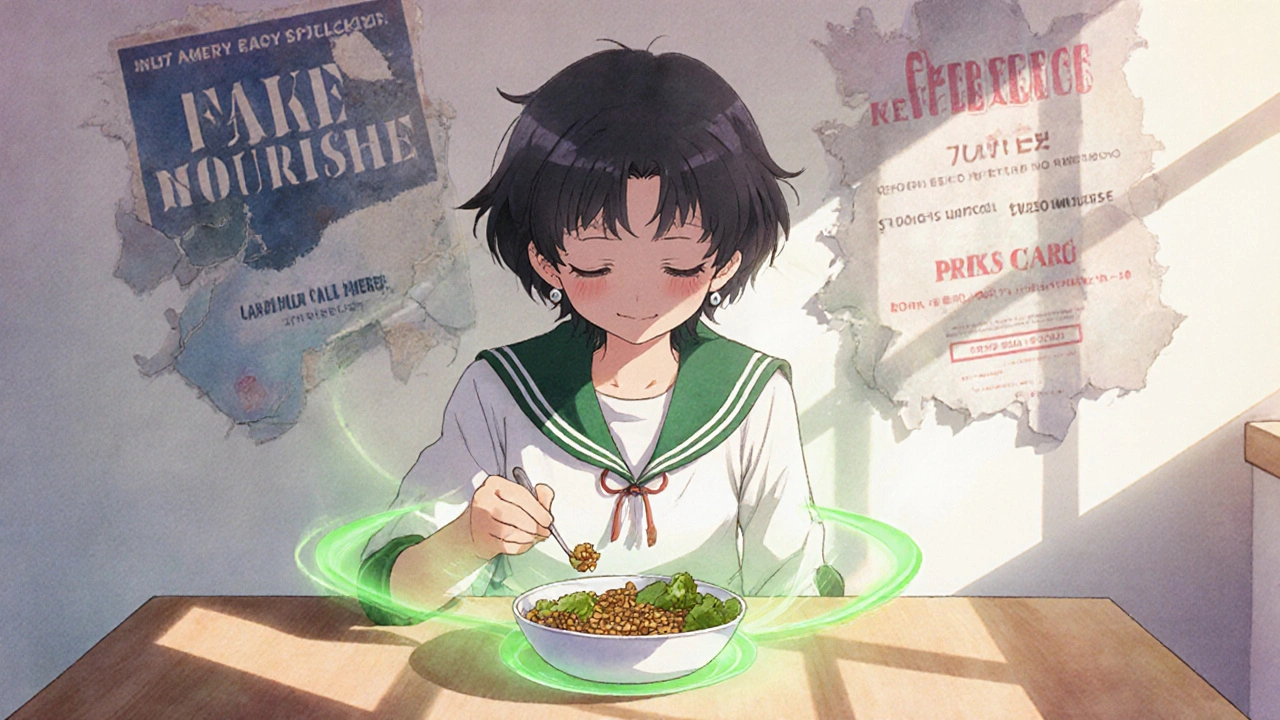
What about the San people? Are they benefiting?
Not really.
When Hoodia became a global cash crop, big companies made millions. The San people-who discovered and used Hoodia for thousands of years-got almost nothing. A 2003 benefit-sharing agreement promised royalties, but enforcement was weak. By 2010, only a handful of San families received small payments. Most never saw a cent.
Today, Hoodia is mostly grown in greenhouses in China and India for export. The original wild plants are protected, but the cultural knowledge is being erased. The plant became a commodity. The people who knew it best? Left out.
What should you do instead?
If you’re looking to manage your appetite, there are safer, proven options.
- Drink water before meals. Thirst is often mistaken for hunger.
- Eat more protein and fiber. They keep you full longer than carbs or fat.
- Get enough sleep. Poor sleep increases ghrelin, the hunger hormone.
- Manage stress. Cortisol spikes lead to cravings, especially for sugary foods.
- Try mindful eating. Slow down. Chew thoroughly. Pay attention to fullness cues.
These aren’t quick fixes. But they work. And they don’t come with liver damage or fake ingredients.
Bottom line
Hoodia was never the miracle it was sold as. It’s a plant with a fascinating history, but not a weight loss solution. The science doesn’t support it. The products are often fake or unsafe. And the people who first used it? They didn’t profit.
If you’re tempted by a Hoodia supplement, ask yourself: Why does a plant that failed in clinical trials still have ads on YouTube? Because someone’s making money off your hope-not your health.
There’s no shortcut to lasting weight management. But there are honest, science-backed ways to get there. Skip the hype. Focus on what actually works.
Does Hoodia actually suppress appetite?
No, not reliably. Human studies show no significant difference in appetite or food intake between people taking Hoodia and those taking a placebo. Most supplements don’t even contain enough of the active compound to have an effect.
Is Hoodia safe to take?
It’s not considered safe. Health agencies in the UK, Canada, and the U.S. have warned against Hoodia supplements due to reports of liver damage, heart issues, and contamination with unlisted drugs. Since it’s not regulated, you can’t be sure what’s in the bottle.
Why do some people say Hoodia worked for them?
That’s likely the placebo effect. If you believe something will work, your brain can create real sensations-like feeling less hungry. But that doesn’t mean the supplement caused it. Once belief fades, the effect disappears.
Are there any real Hoodia products left on the market?
Most products labeled as Hoodia don’t contain real Hoodia gordonii. Independent tests show over 80% of supplements have no active ingredient at all. Even those that do often contain harmful additives or contaminants.
What’s the best natural way to control appetite?
Focus on whole foods: lean proteins, vegetables, legumes, and whole grains. Drink water before meals. Get 7-8 hours of sleep. Manage stress. These methods are backed by decades of research and don’t carry the risks of unregulated supplements.



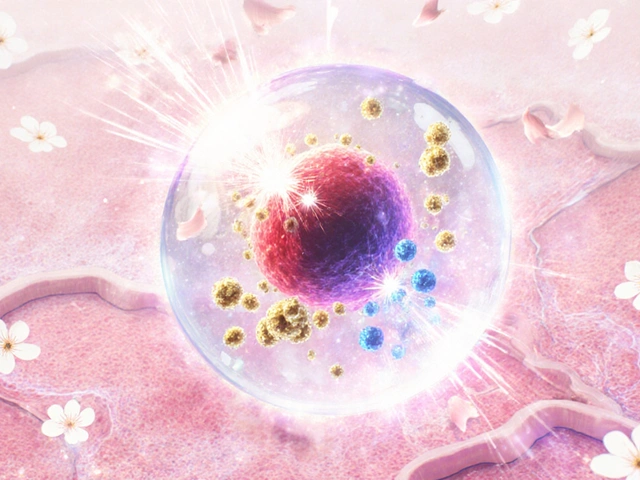

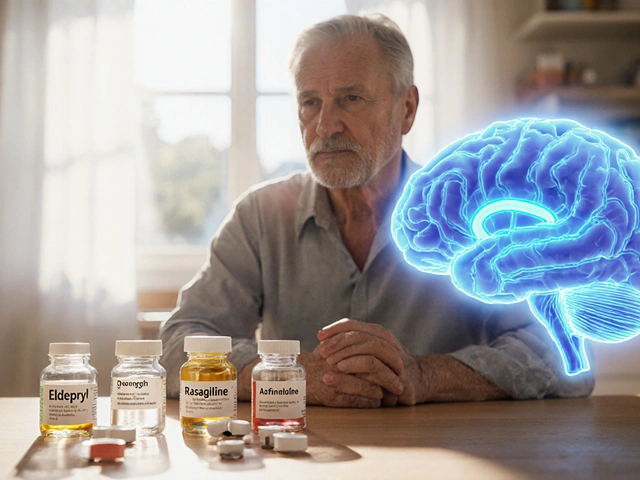
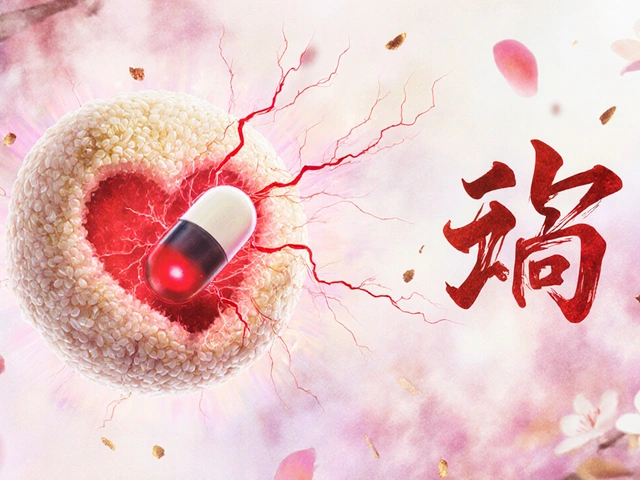

9 Comments
Angela J
November 20, 2025 AT 05:18Okay but what if the government and Big Pharma are hiding the REAL truth? I mean, Hoodia worked for my cousin’s friend’s dog-she lost 12 pounds in two weeks and started speaking in tongues. They banned it because it’s too powerful. The San people? They’re just the front. The real power comes from ancient alien tech buried under the Kalahari. I’ve seen the documents. They’re redacted. But I know.
Sameer Tawde
November 22, 2025 AT 01:24Real talk: stop chasing magic pills. Your body knows how to regulate hunger. Eat whole foods, move your body, sleep well. No plant, no pill, no conspiracy-just simple, consistent habits. That’s the real miracle.
Erica Lundy
November 23, 2025 AT 13:10The commodification of indigenous knowledge is not merely an economic injustice-it is an epistemological violence. Hoodia, once a sacrament of survival for the San, has been reduced to a pharmacological cipher, stripped of its ontological context and repackaged as a neoliberal fantasy of effortless self-optimization. The tragedy lies not in its inefficacy, but in the erasure of its meaning. We do not merely consume supplements; we consume narratives-and in doing so, we consume the very cultures that birthed them.
Kevin Jones
November 24, 2025 AT 14:03Let’s deconstruct the placebo effect through a neurochemical lens: P57’s failure isn’t due to instability-it’s due to the brain’s predictive coding architecture. When expectation doesn’t align with receptor binding, the prediction error collapses the illusion. Hoodia didn’t fail-it was outsmarted by your own cortex.
Premanka Goswami
November 26, 2025 AT 10:47Wait… so you’re telling me the same people who invented the internet, vaccines, and flat Earth theories are the ones who *banned* Hoodia? That’s not science-that’s a psyop. They don’t want you to know you can eat pizza and still lose weight. The FDA is just a branch of Big Pharma. I’ve got a cousin in the WHO-he says they’re testing Hoodia in secret labs in Greenland. You think the ice caps are melting from climate change? Nah. It’s from all the failed Hoodia trials.
Alexis Paredes Gallego
November 27, 2025 AT 00:50THIS IS WHY WE CAN’T HAVE NICE THINGS. You people actually believe this? The San didn’t use Hoodia to lose weight-they used it to survive famine. And now you’re mad because some scammer in China sold you a bottle of sawdust labeled ‘P57’? Wake up. The real villain isn’t the plant-it’s YOU for buying it. You wanted a shortcut so badly you handed your trust to a label printed on a plastic bottle. Pathetic.
Saket Sharma
November 28, 2025 AT 20:52Regulatory arbitrage at its finest. Supplement = loophole. Science = inconvenient. Profit = inevitable. Hoodia’s collapse wasn’t due to ineffectiveness-it was due to poor IP strategy. The real lesson? Don’t let indigenous knowledge go unpatented. The San didn’t file trademarks. That’s their fault.
Shravan Jain
November 30, 2025 AT 08:18lol the ‘science’ here is so basic. 48 people? 15 days? Bro. You think appetite is a single molecule? You think humans are rats? You think the FDA cares? I’ve seen lab reports-half these ‘studies’ are funded by sugar lobbies. Hoodia’s not dead. It’s just in hiding. And so are you… hiding behind your ‘whole foods’ and ‘sleep hygiene’ like it’s 2012.
Brandon Lowi
November 30, 2025 AT 14:18AMERICA BUILT THE MODERN WORLD-AND THEN WE LET CORPORATIONS STEAL OUR HERITAGE AND SELL IT BACK TO US AS A $20 BOTTLE OF LIE! Hoodia? That’s African wisdom! And what do we do? We turn it into a TikTok trend with glitter and caffeine! We don’t just disrespect the San-we insult our own ancestors who fought for truth! This isn’t about weight loss-it’s about cultural genocide dressed in supplement labels! I demand reparations-for the San, for the soil, and for my dignity!